Loreto. The Basilica of the Holy House
2024
The Basilica of the Holy House is one of the main places of veneration of Mary and one of the most important and visited Marian shrines of the Catholic Church. It is located in Loreto.
You may also like

2025
Grottammare. The church of S. Agostino
The church, most likely donated by the community, was built by the Augustinian fathers between the end of the 15th century and 1517.
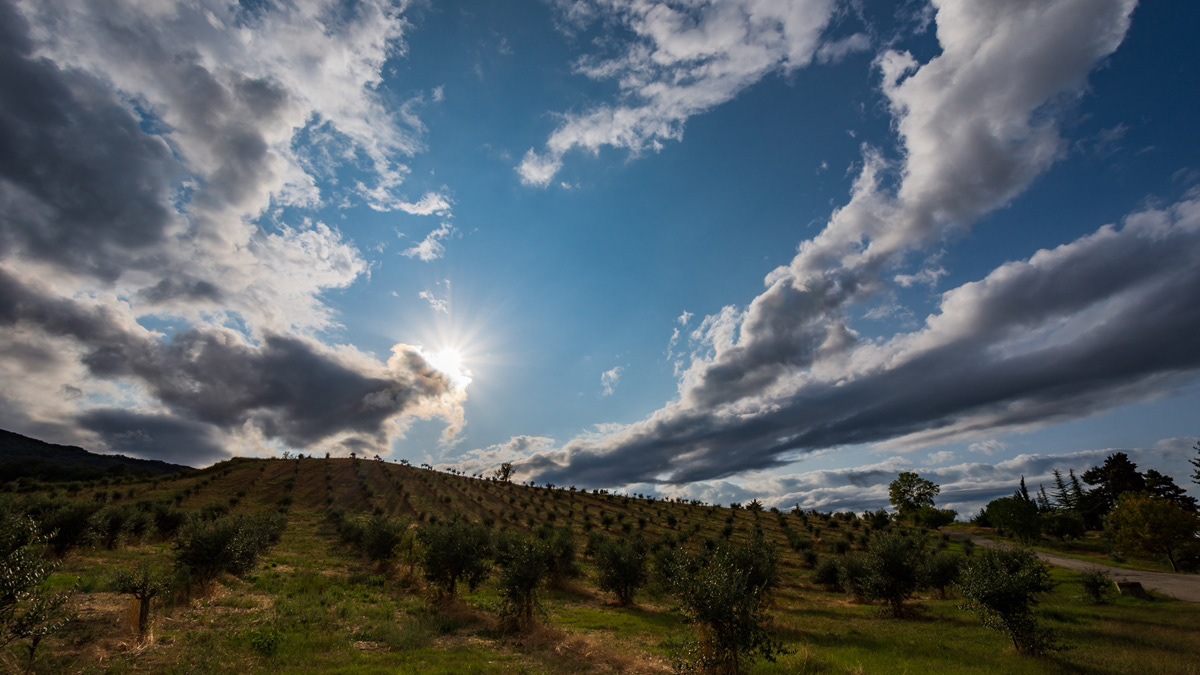
2018
Rotella (AP) - Panoramas
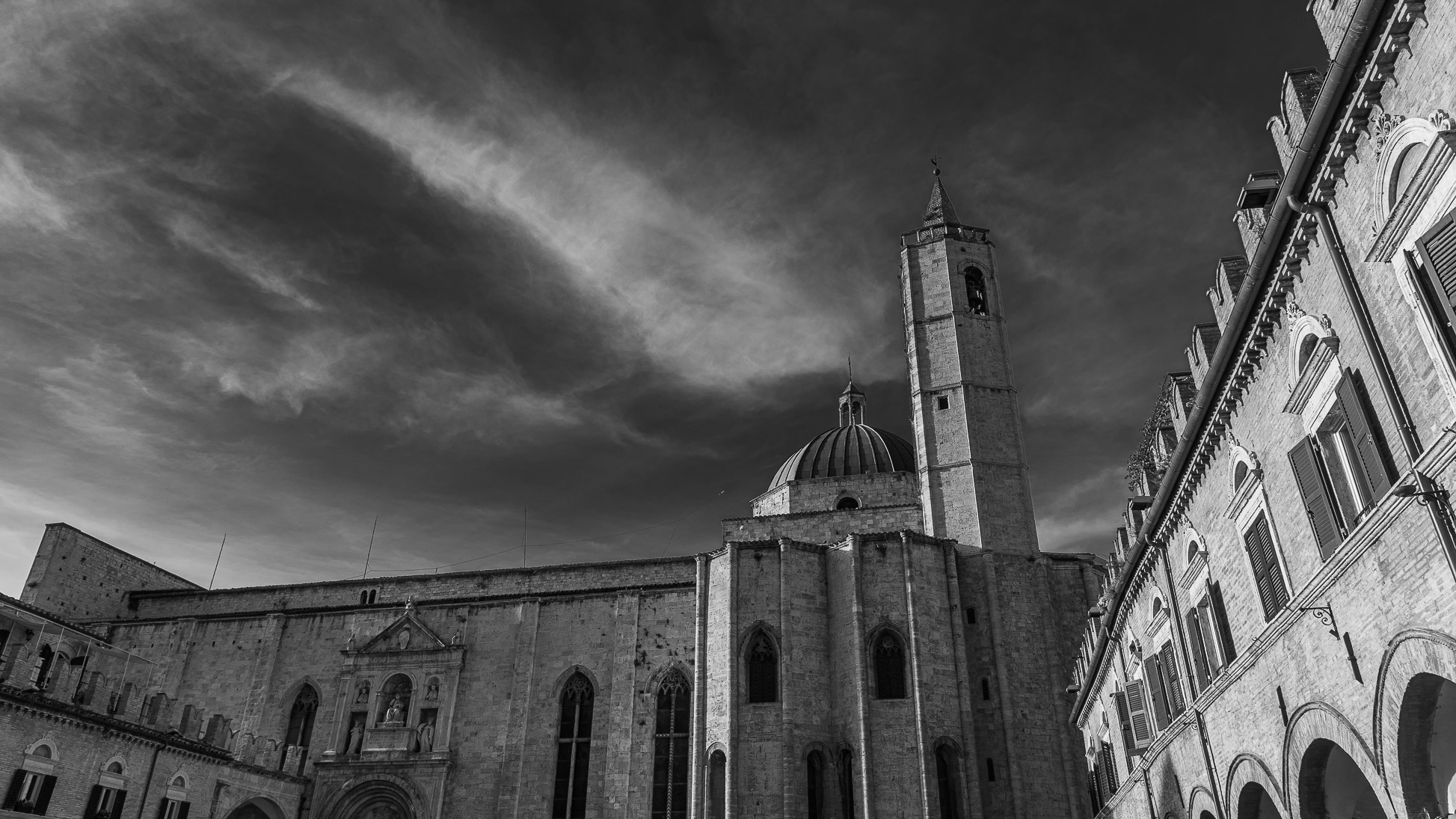
2022
Ascoli Piceno. The Church of San Francesco
This church is considered one of the best Italian works of Franciscan architecture, as well as the most representative Franciscan religious building in the Marche region. It was begun with the adjoining convent in 1258, consecrated in 1371 and completed with the dome in the 16th century. On the main facade, in Via del Trivio, there are three Gothic portals, while the right side acts as a scenic backdrop to the Piazza del Popolo and is characterized by the dynamic fifteenth-century apses, the fourteenth-century side portal surmounted by the monument to Julius II of 1510 and ends with an apsidal group of rare architectural model.

2025
Adriatic Sea. Cupra Marittima.
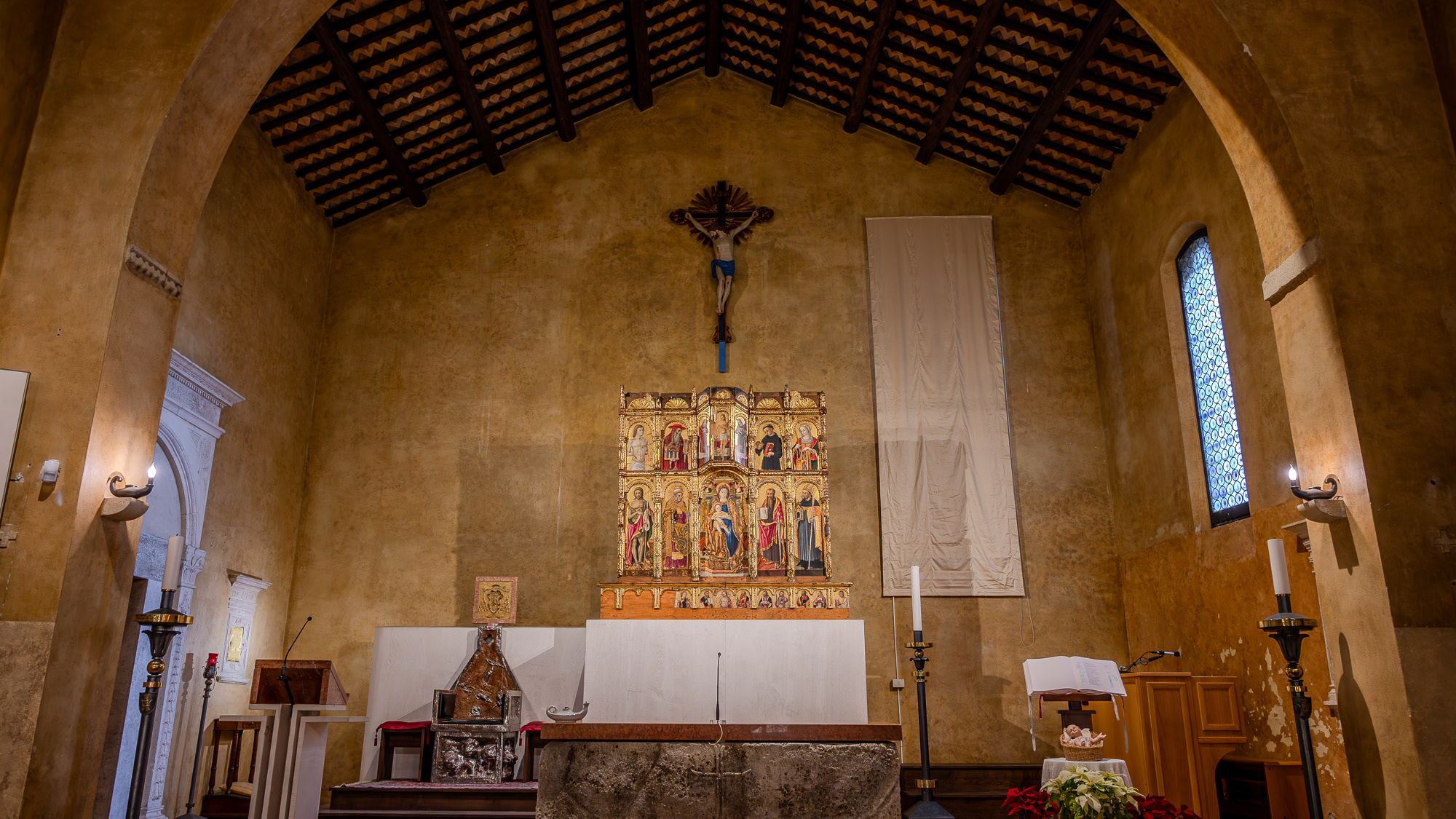
2024
Torre di Palme. Church of Sant'Agostino
Church of Sant'Agostino. the Polyptych by Vittore Crivelli. The building is entirely made of brick and has two entrances. The interior has a single room, covered by wooden trusses.
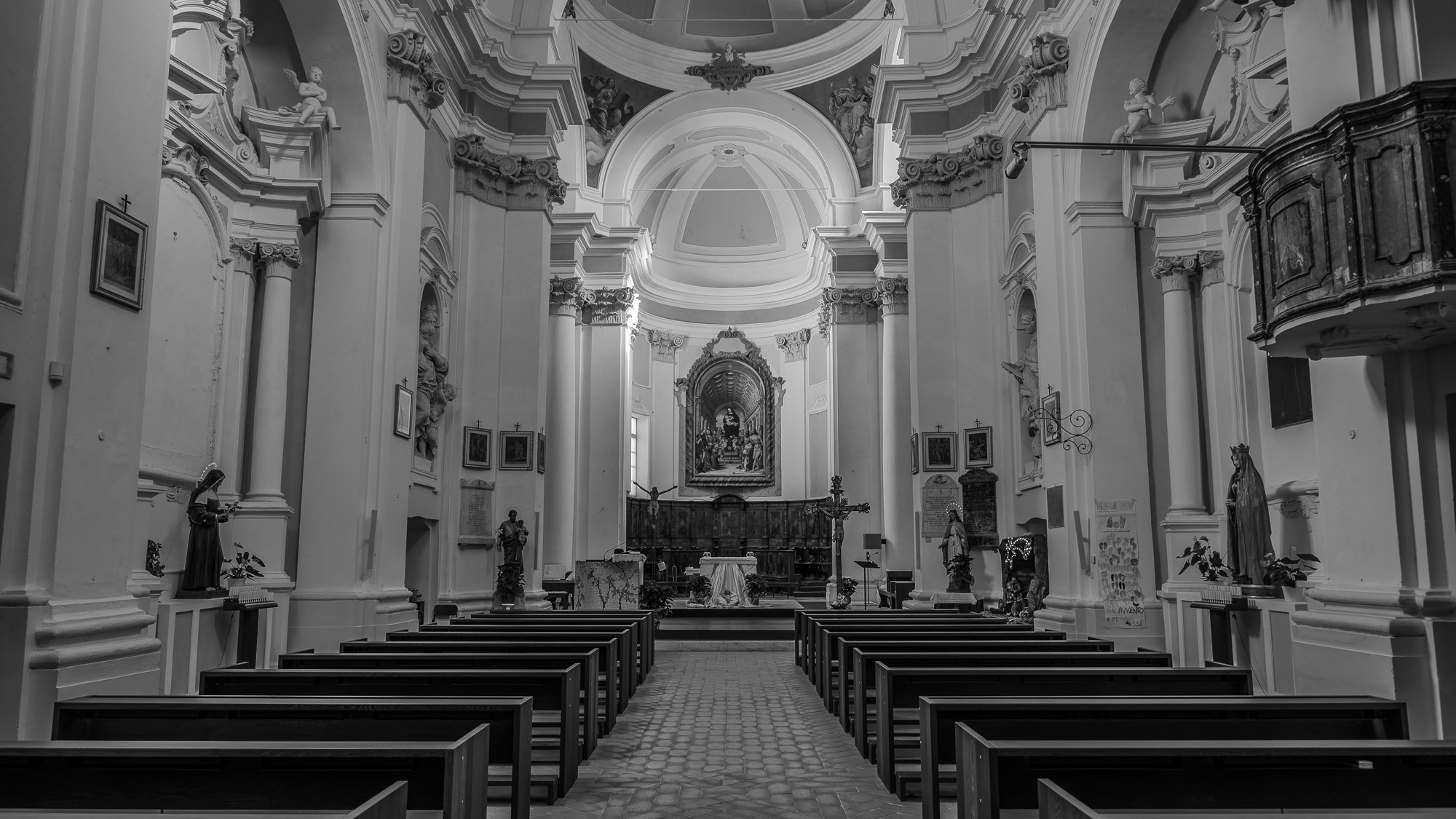
2024
Montelupone. Church of San Francesco
Built in the 13th century, it has a Romanesque style exterior and a late Baroque interior, and also houses many works of art.
2022
Recanati. Views
Recanati is an Italian town of 20 975 inhabitants in the province of Macerata in the Marche region.
2022
Recanati. The cathedral of San Flaviano
The church of San Flaviano is the cathedral of Recanati. On 12 June 1805 it was elevated to the dignity of a minor basilica by Pope Pius VI.
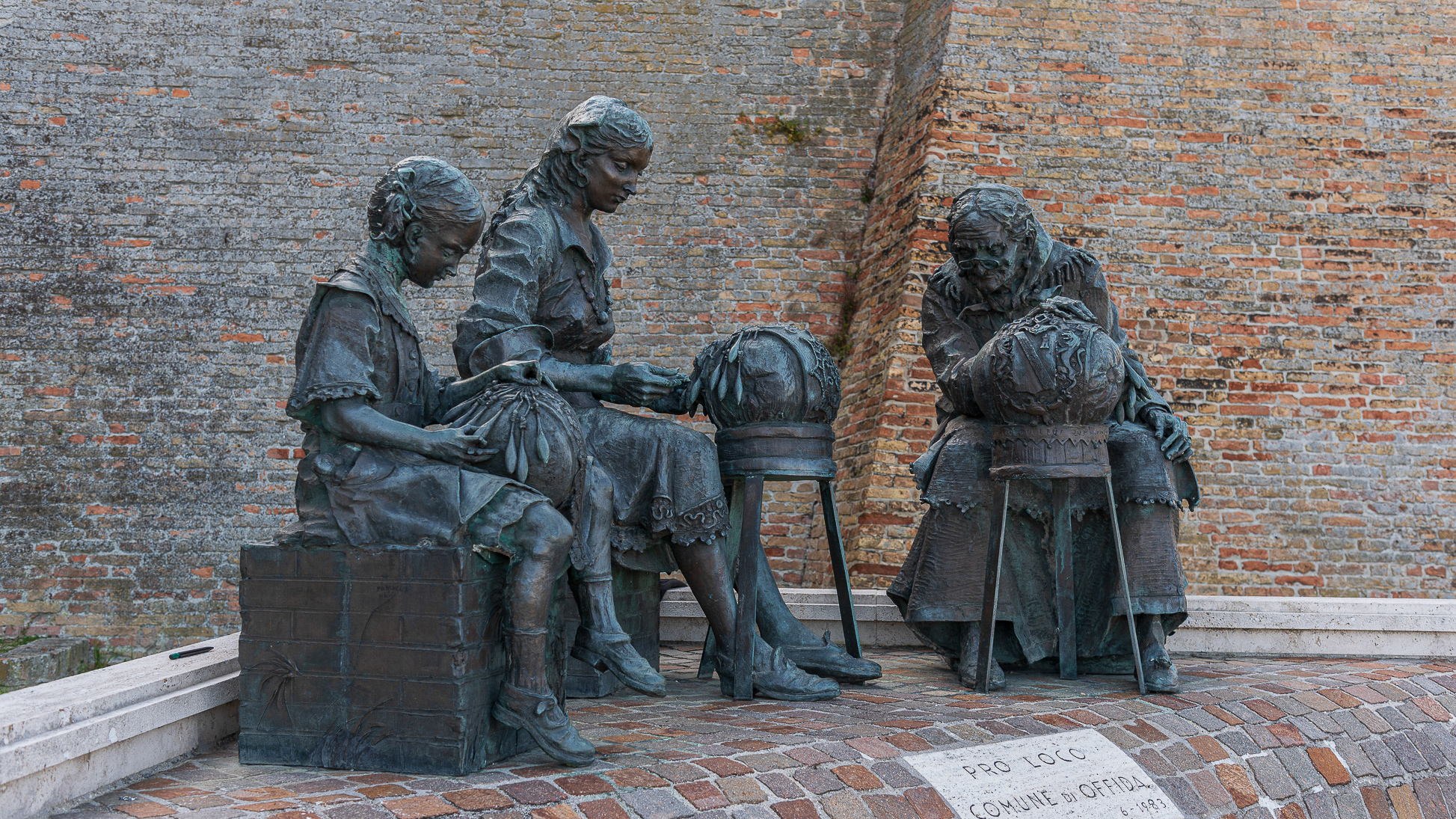
2022
Offida. Monumento alla Merlettaia
It is a bronze monument, created in 1983 by the sculptor Aldo Sergiacomi from Offida. It is placed at the entrance to the town to testify to the great importance that bobbin lace has in Offida. It is in fact a very ancient art that is handed down from generation to generation, allowing the creation of real handcrafted masterpieces. The monument highlights the continuity of tradition, representing three generations in comparison: from left to right the elderly grandmother who carefully follows the work of the young mother and the child, very busy learning the first processing techniques.

2025
Marche. Spectacular summer landscape
